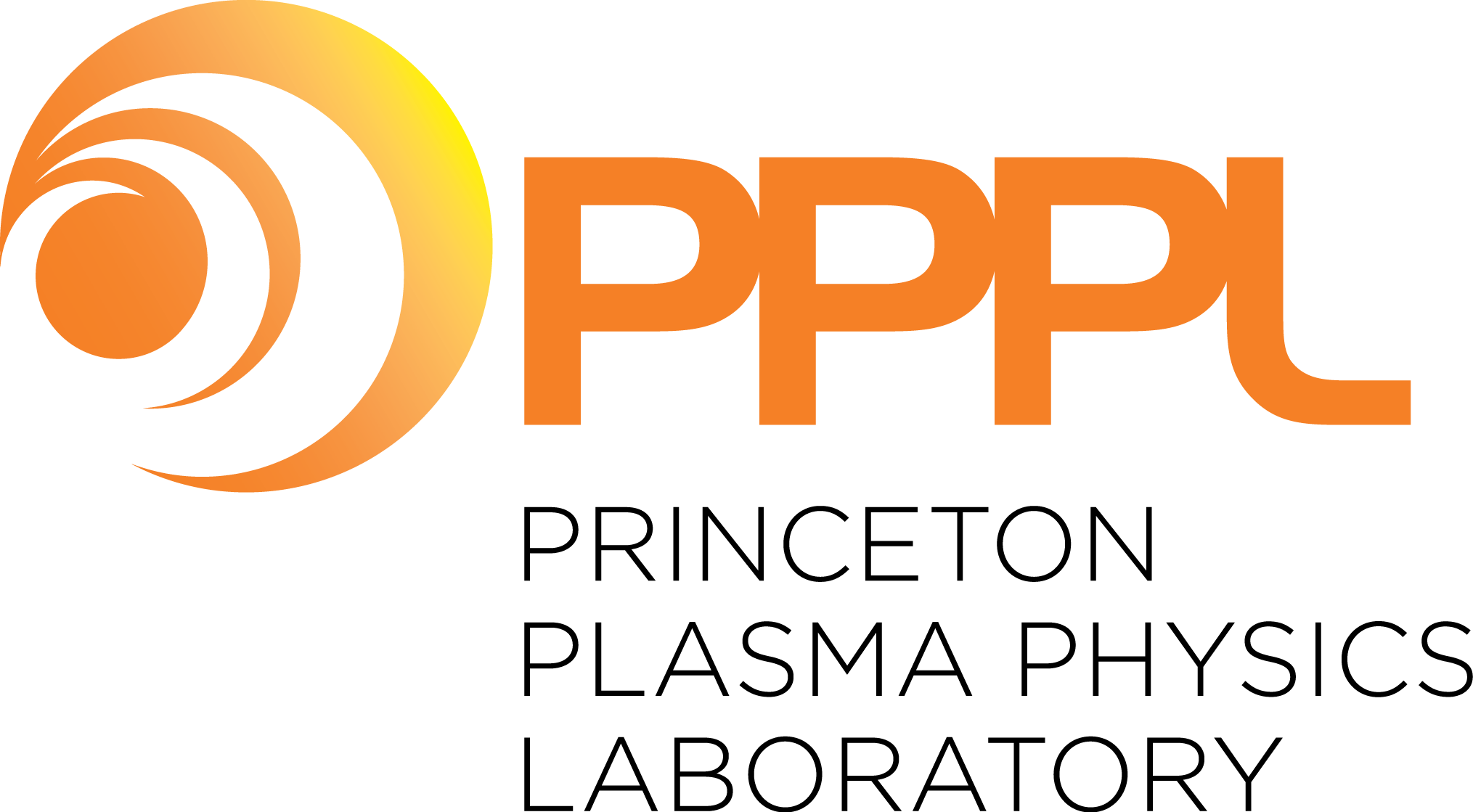There is a great deal of research currently being conducted into the creation of commercial nuclear fusion reactors. There are two major problems that confront many fusion reactor designs. In order for a fusion reaction to occur, the plasma must be confined to a certain area within the reactor. This can be very difficult to achieve and maintain. If the plasma is not properly contained, the walls of the reactor vessel are bombarded and damaged by the energetic particles in the plasma. Now researchers at the U.S. Department of Energy's (DoE) Princeton Plasma Physics Laboratory (PPPL) have found that coating the walls of the reactor vessel with lithium can help solve both of these problems with plasma containment.
Lithium is a chemical element with the symbol Li and an atomic number of three. It is a soft, silvery-white alkali metal. It is the lightest metal and the lightest solid element. It is also highly reactive and flammable. In its pure form, it has to be stored in mineral oil to prevent spontaneous combustion. It is not found in nature in its pure form.
Normally, in a fusion reactor there is a temperature gradient from the hot core of the plasma to the outer edge of the plasma. The core may be as hot as one hundred million degrees Centigrade which is much hotter than the core of the sun. A few feet away at the edge of the plasma, the temperature may be as low as a few thousand degrees Centigrade.
The Lithium Tokomak Experiment at PPPL showed that if the plasma cloud in the reactor vessel is surrounded by lithium, a constant temperature is maintained throughout the plasma cloud. The lithium prevents the plasma from causing cold gas from the walls of the vessel to be injected into the plasma by particles hitting the walls of the vessel. This is the first experiment in the world that has shown that it is possible to have a uniform temperature in a plasma cloud in a fusion reactor.
One benefit of maintaining a uniform temperature in the plasma is that it reduces the external heat that is usually needed in other reactor configuration to counteract the cooling that occurs between the edge of the plasma cloud and the wall of the vessel. The lithium shell makes the fusion reaction much more efficient. If the temperature in the entire plasma cloud is uniform and hot, then the volume in which a fusion reaction can take place is larger than other designs allow. In addition, the uniform temperature reduces instabilities in the plasma that interfere with plasma confinement.
In the research at PPPL, both solid and liquid lithium have been tested. They yield similar results but the use of liquid lithium has additional benefits. With solid lithium, the bombardment of highly energetic particles can wear down and crack the lithium shell. A flow of liquid lithium cannot be damaged by the particles.
Next the researchers will increase the density and heating of the plasma to produce conditions closer to an actual fusion reactor to find out if the use of lithium can still support uniform temperatures. If these tests are successful, the use of lithium will lead to a “new, potentially high-performance plasma regime for fusion devices.”
